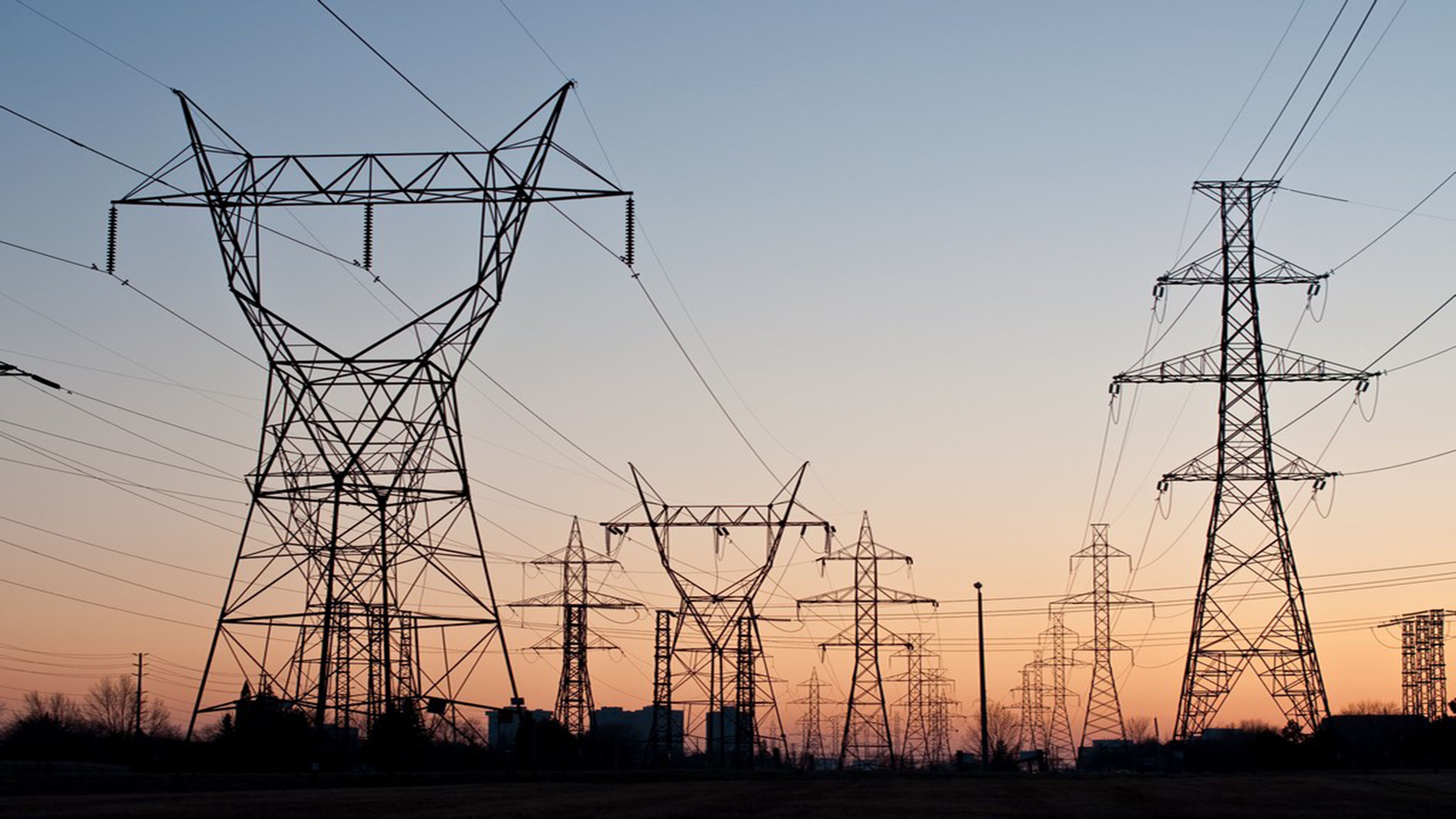DoE to take urgent actions to avoid power disruptions that would most likely happen in May and June 2023 due to a lack of power grid reserves.
The Department of Energy (DoE) anticipates 17 yellow and 3 red alert warnings in May and June 2023, mostly due to low power reserves in the Luzon system.
The yellow and red alert warnings are based on the DoE’s Luzon power outlook for 2023 which includes a forced outage scenario and the unavailability of the Ilijan power plant. Power capacity will fall below the operational margin given the lack of grid reserves, Business Mirror reported.
DoE Secretary Raphael Lotilla said that the alerts would most likely fall in May and June as hydro plants in Luzon are unable to deliver at this point, prompting the DoE to take immediate action to bridge this gap.
“There is the hope that some natural gas facilities can come onstream before this, but even without this we have to plan for other contingency,” Lotilla added.
Lotilla also pushed power industry stakeholders to build their own facilities, invest in more renewable energy (RE) projects, and address transmission issues.
Lotilla said that with these actions, the extra 668 MW GNPower Dinginin and other power plants in the pipeline in Bataan will be able to meet the needs of the Luzon system and improve the supply situation.
Visayas and Mindanao grid
For the Visayas, DoE said that the results show the power supply will be sufficient during the afternoon peak in the first half of 2023 while in the second half, there would be no power outages, but the thin reserve has possibilities of yellow alerts.
Furthermore, the Visayas grid has sufficient reserves for the nighttime peak throughout the first half of 2023. However, as the operating margin falls below the required regulatory and contingency reserves, supply will be constrained in the second half, with a high likelihood of yellow and red alerts.
The Luzon grid has excess capacity that can be exported to the Visayas during the evening through the HVDC or high voltage direct current to supplement the region’s supply and prevent disruptions.
Meanwhile, for the Mindanao grid, there is an excess power supply with a substantially higher operating margin than the required dispatchable reserve. Even with the forced outages, the Mindanao system will have excess capacity in 2023, as it did in 2022.
Power projects
As of July, the country's committed power projects totaled 8,864.29 MW. Coal has the biggest share at 4,488 MW (50.6 percent), followed by natural gas at 3,500 MW (39.5 percent) and the committed renewable energy projects total 834 MW (9.4 percent).
Luzon has the highest committed power projects which total 8,081.56 MW. Coal has a basis of 3,948.40 MW or 48.9 percent, natural gas has 3,500 MW or 43.3 percent, and RE-based power projects at 622.12 MW.
Coal and natural gas have the higher combination in Luzon as combined, they make up for 7,448.40 MW or 92.2 percent of its power project basis.
Meanwhile, in the Visayas, coal-based plants have 270 MW and RE-based power plants have 101.60 MW. Both combined will have a total of 391.27 MW. The coal power project is expected to commercially operate in 2024, and the RE projects from 2022-2027.
Mindanao's total committed power projects from 2022 to 2027 are projected to be around 391.46 MW. Coal (270 MW) and RE projects (110.42 MW) account for 380.42 MW of the total committed capacity in the system.
Tags: #DoE, #Luzon, #Visayas, #Mindanao, #PowerGrid
